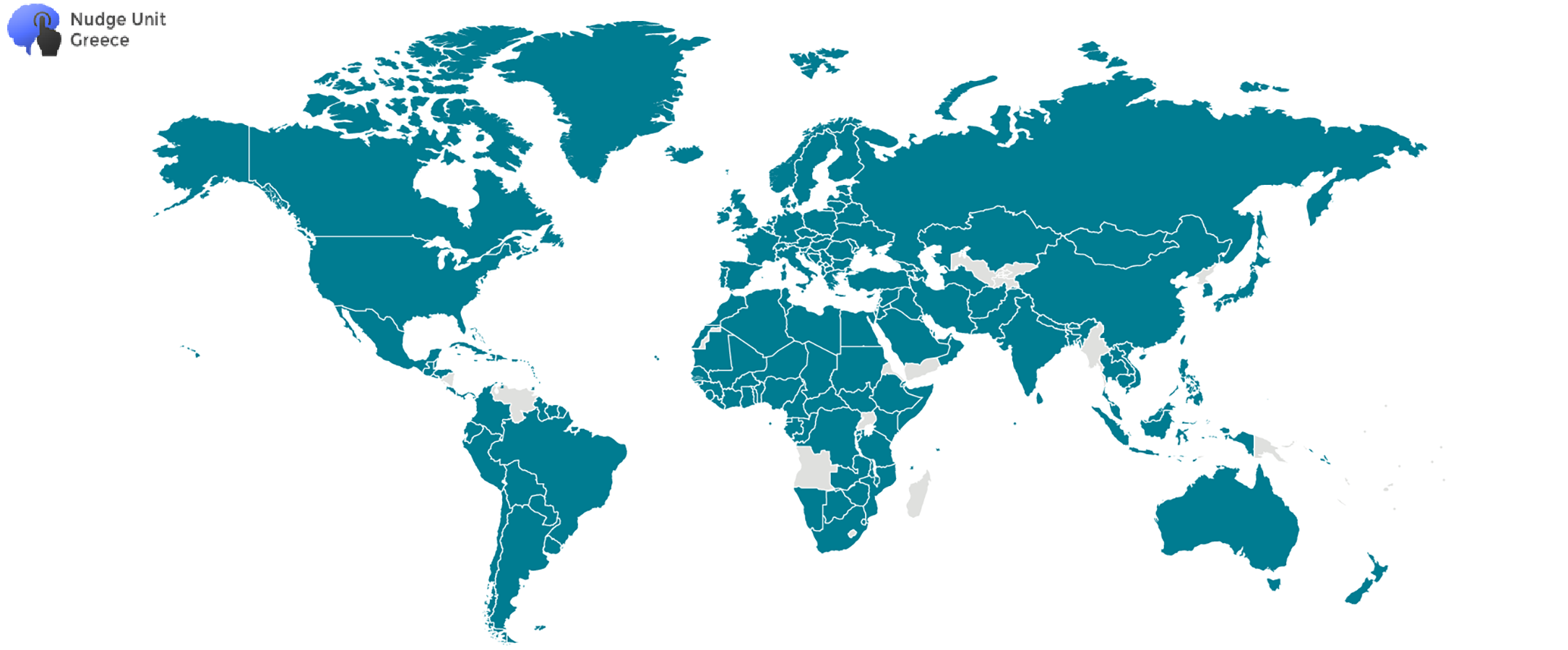
Every theory, while trying to explain the socio-economic phenomena, is affected by the particular era in which it wishes to integrate; one might say that tradition, religion, technology and recent historical events are among the most important elements.
So what could have preceded or caused the birth of theories we come across from yesterday to today?
Back in the 4th century BC, the Athenian democracy is going through difficult times. Coming from the bloom of Pericles’ golden era, Athens suffered defeat in the Peloponnesian War, while previously, the political authorities had imposed high property taxes to fund the production of war material (Ferguson, 2001). Merchants “scrape” the edges of coins, pour the raspings and create new money, thus affecting its value. Those who find themselves in a better financial condition lend with unbearably high interest rates. The economic crisis leads to shortage of grain and later a plague epidemic with Pericles himself being one of its first victims (Christodoulakis, 2012).
The philosopher Aristotle lives during this dark period. As a big fun of measure, he composes a theory of social behavior and structure, in his work Ethical Nicomachean, which for the first time describes the concepts of utility of goods and declining marginal utility. The restructuring of the Athenian economy and society is the headline of time. Xenophon and Plato had previously proposed a division of labor that would lead to economies of scale, based, though, on the prevailing standards of the time. Slaves and lower social classes were not part of their theory..
Many years later, the so-called Western world is at a turning point. At the end of the 18th century, France and the United States democratize their societies. The notion of individual freedom strengthens people who were previously despised by the ruling class and royalty. In England, the Industrial Revolution makes mass production of products easier, increases quantities and lowers costs. People leave the countryside and go to the cities to find work. Property owners and merchants, who feel their influence being gradually limited, stand against the new reality (Galbraith, 1987).
Adam Smith, a professor of moral philosophy in Glasgow, composes a comprehensive theory of the new reality. He analyzes new concepts and describes theoretical rules that will make rival social parties to coexist. The value of a good is the effort needed to be produced and its price is the money needs to buy it. Society is progressing, but its members are only pursuing their own personal benefit, a concept that has been prevalent until very recently and may still be supported.
In this context, desires become needs at a fast pace. And desires increase demand for more production. Industries are pushing machines and people to produce more. Robert Malthus and Carl Marx realize that this violent expansion is not sustainable. In their theories, they talk about the rapid increase in the population compared to that of the food produced, but also about the surplus value and value of wages, respectively.
After the end of World War I, there is in a climate of euphoria and mass consumption in the United States where the rapid rise in the stock market leads to a “bubble” which causes the 1929 Crisis (Ferguson, 2001). Terrified citizens withdraw their money from their accounts, banks are closing and unemployment is skyrocketing, leading to intense social and political unrest.
In an attempt to explain the crisis, economist John Maynard Keynes argues that the loss of public confidence in the economic system is the central factor of the collapse. Governments’ belief that the crisis is temporary does not lead to adequate financial aid with the US economy entering a loophole of simultaneous recession and debt increase (Christodoulakis, 2012). As a proponent of the concept of uncertainty, Keynes describes the “paradox of frugality” where citizens exposed to an uncertain tomorrow, massively reduce their spending, causing total demand to fall and therefore help the prolong of the crisis.
On the contrary to the above, the theories of Behavioral Economics emerged after many years of observations and work. Adam Smith himself had recognized the importance of human nature in economic choices (Smith & Haakonssen, 2002), while many philosophers, mathematicians, and economists disagreed with the fundamental axioms of social and economic thought. The persistent work of Kahneman and Tversky, however, on the paradoxes of our behavior was needed in order to consolidate the behavioral theory in the 70’s and 80’s (Lewis, 2016). Scientific proof of our tendency not to be rational, to forget quickly, to be altruistic or vindictive, and many other paradoxes led to the Nobel Prizes of 2002 and 2017. Their models incorporated psychology into economics through experimental findings of high behavioral predictability (The Sveriges Riksbank Prize in Economic Sciences 2002, 2017).
The years 2020 and 2021 are marked by a universal pandemic affecting us on an absolute global level. The situation we are experiencing is also a crisis that may come by many different faces, even though the danger seems to be fading. What theories will it give birth to? At a time when the whole world shared a common enemy, will new theories be based on co-organization, segregation or conspiracy? Or will we be in a hurry to get back to our pre Virus life by quickly forgetting the fear and uncertainty we felt?
References
- Christodoulakis Nikos (2012), Economic theories and Crises, Kritiki editions
- Ferguson Niall (2001), The Cash Nexus: Money and Power in the Modern World 1700-2000, London: Allen Lane
- Galbraith John Keneth (1987), A History of Economics: The Past as the Present, New York, Penguin editions
- Lewis Michael (2011), The Undone Project, Penguin editions
- NobelPrize.org. 2020. The Sveriges Riksbank Prize In Economic Sciences In Memory Of Alfred Nobel 2017. [online] Available at: <www.nobelprize.org/prizes/economic-sciences/2017/press-release/.
- Smith, A. and Haakonssen, K. (2002). The theory of moral sentiments. Cambridge, U.K.: Cambridge University Press.
